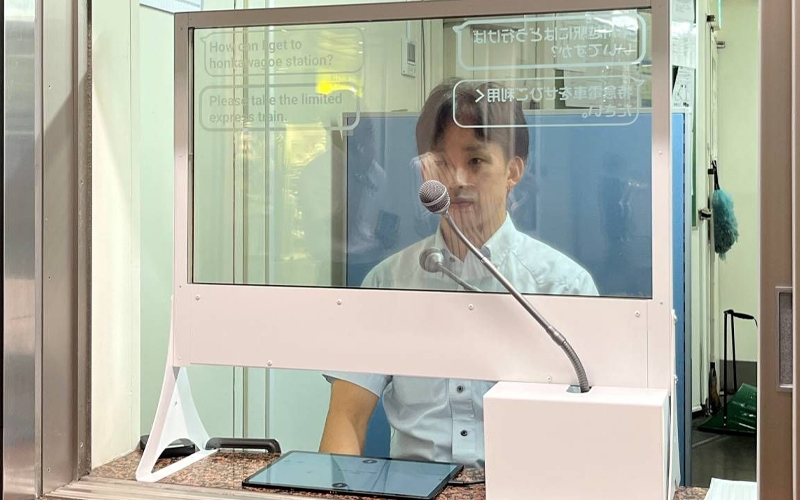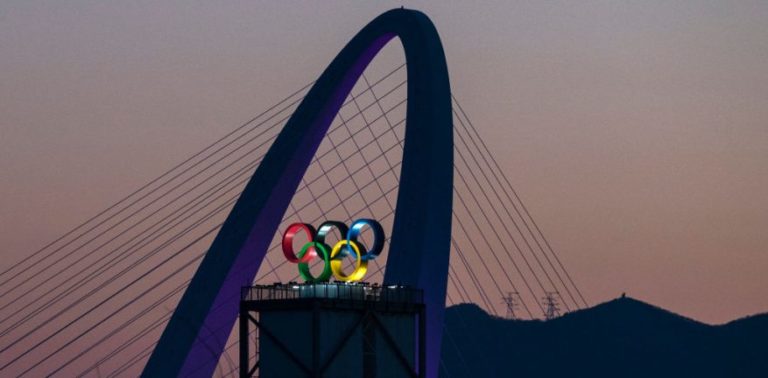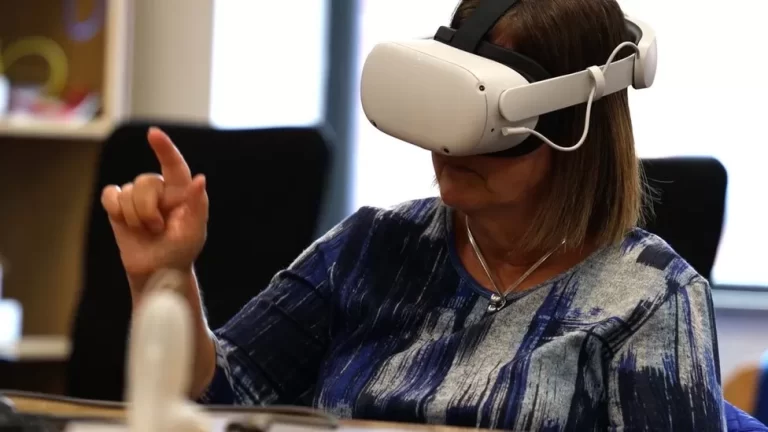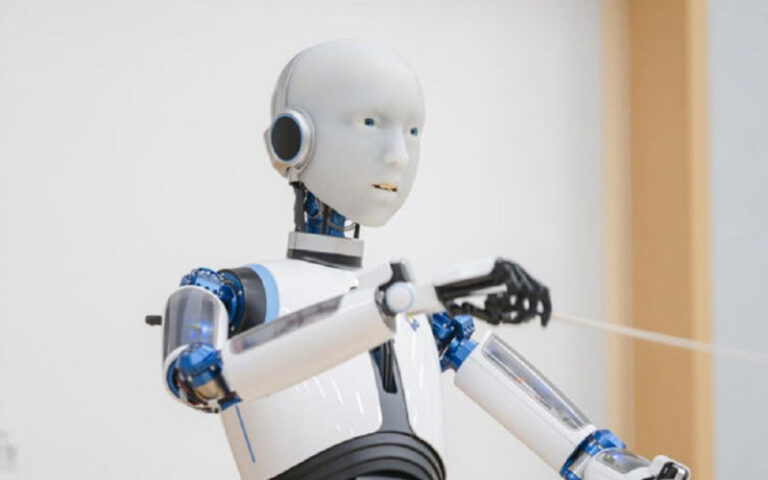Face-to-face translation tool being tested in Tokyo
By ETX Daily Up – July 18, 2023
A version of this article was first published on FreeMalaysiaToday
PARIS: In Japan, a new type of multilingual device is currently being tested in a Tokyo train station.
It enables users to converse face-to-face with a transport company agent, while speaking their own language, and seeing the agent’s responses translated and automatically displayed in front of them.
For the moment, the use of this tool is an experiment being carried out only at Tokyo’s Seibu-Shinjuku Station.
Taking the form of a transparent screen – much like a ticket-office window – this intelligent translation tool interprets the words of foreign travellers so that the ticket agent can answer their questions.
The idea is to provide a simple, natural form of assistance to tourists, who can often be bewildered or require information.
Installed on the counter of a train station ticket booth, this window-like device makes it easy to communicate with the agent on duty. To begin with, all you have to do is select your language on a small adjacent tablet.
About a dozen are available, including English, Chinese, Korean, Thai, Filipino and French. A conversation can then take place between the passenger and the ticket agent, each seeing the other’s words translated into their own language on their side of the screen.
The fact that this tool takes the form of a glass pane keeps dialogue between the two people relatively fluid and natural, despite them speaking different languages.
Translations appear as speech bubbles in the other person’s field of vision, making communication easier.
The tool has been designed to facilitate dealing with the most frequently asked questions, such as how to get to another station or which ticket to buy.
Plus, this service can be useful for the hearing-impaired, since information can also be displayed in Japanese, rather than a foreign language.
Operator Seibu Railway, which runs the Seibu Shinjuku Line, is due to test this screen throughout the summer, before officially introducing it in the fall if it proves satisfactory. Other stations could then be equipped with the device.







